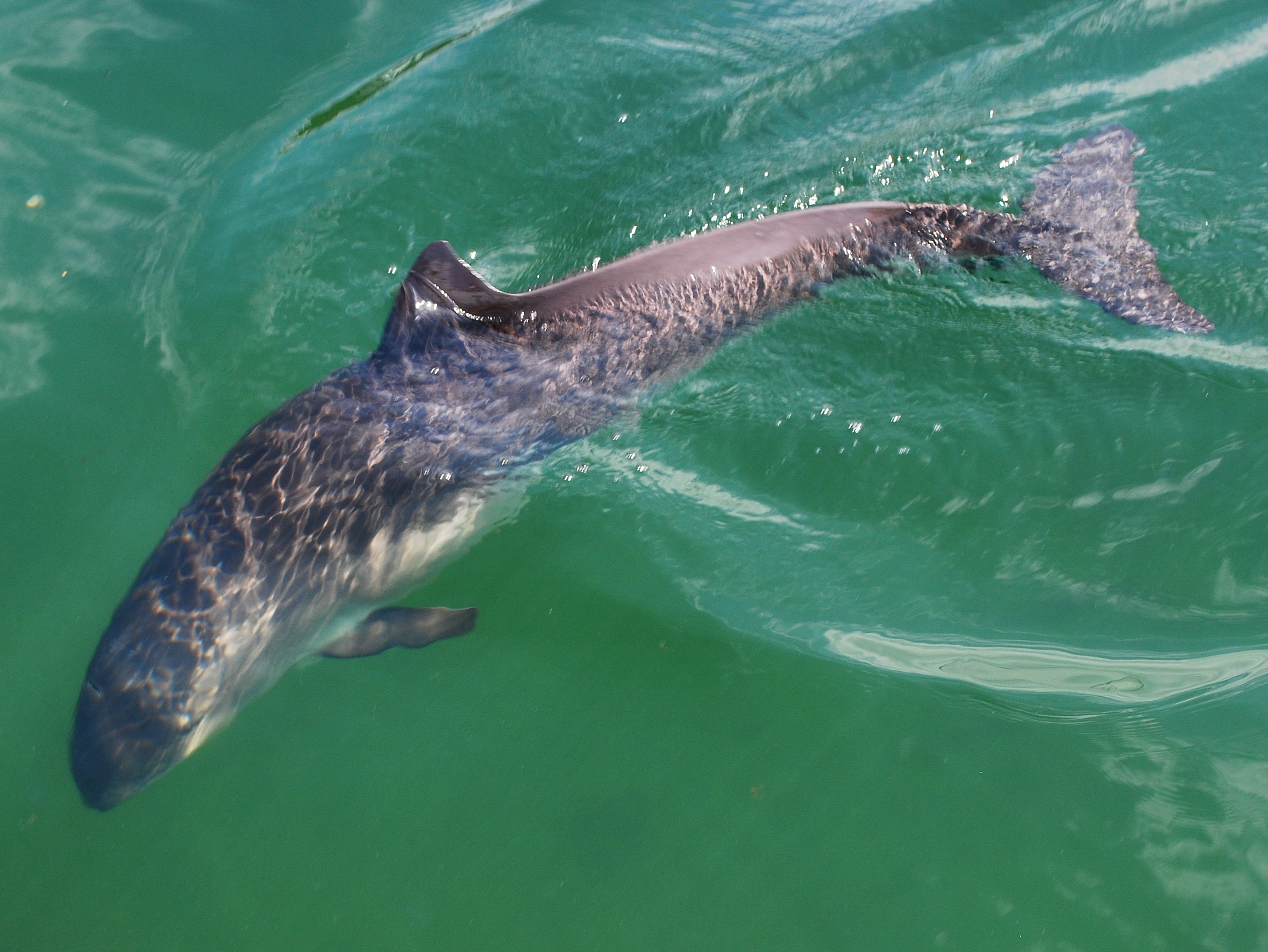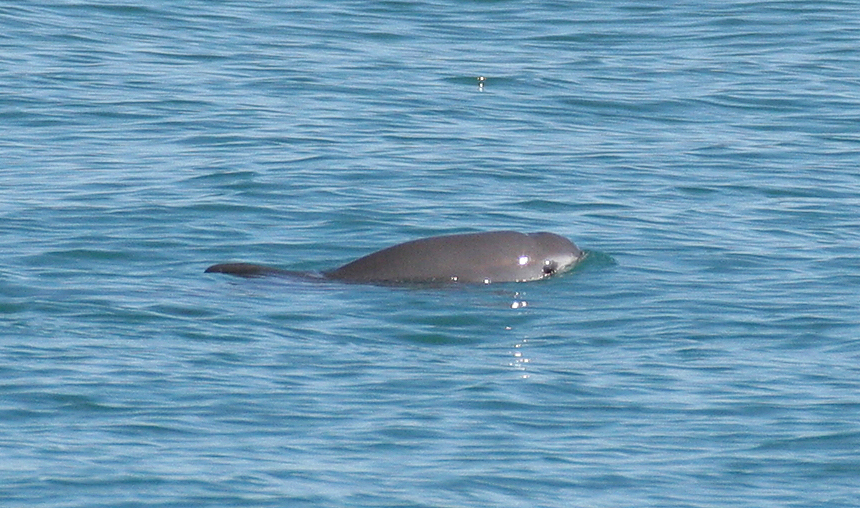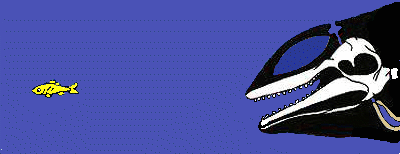|
Phocoena
''Phocoena'' is a genus of porpoises with four extant species. References External links * *''Phocoena'' in ''Mammal Species of the World'' Phocoena, Cetacean genera Porpoises Taxa named by Georges Cuvier {{whale-stub ... [...More Info...] [...Related Items...] OR: [Wikipedia] [Google] [Baidu] |
Harbour Porpoise
The harbour porpoise (''Phocoena phocoena'') is one of eight extant species of porpoise. It is one of the smallest species of cetacean. As its name implies, it stays close to coastal areas or river estuaries, and as such, is the most familiar porpoise to whale watchers. This porpoise often ventures up rivers, and has been seen hundreds of kilometres from the sea. The harbour porpoise may be polytypic, with geographically distinct populations representing distinct races: ''P. p. phocoena'' in the North Atlantic and West Africa, '' P. p. relicta'' in the Black Sea and Sea of Azov, an unnamed population in the northwestern Pacific and ''P. p. vomerina'' in the northeastern Pacific. Taxonomy The English word porpoise comes from the French (Old French , 12th century), which is from -4; we might wonder whether there's a point at which it's appropriate to talk of the beginnings of French, that is, when it wa ... , 12th century), which is from Medieval Latin , which is a compound o ... [...More Info...] [...Related Items...] OR: [Wikipedia] [Google] [Baidu] |
Vaquita
The vaquita ( ; ''Phocoena sinus'') is a species of porpoise endemic to the northern end of the Gulf of California in Baja California, Mexico. Reaching a maximum body length of (females) or (males), it is the smallest of all living cetaceans. The species is currently on the brink of extinction, and is listed as Critically Endangered by the IUCN Red List; the steep decline in abundance is primarily due to bycatch in gillnets from the illegal totoaba fishery. Taxonomy The vaquita was defined as a species by two zoologists, Kenneth S. Norris and William N. McFarland, in 1958 after studying the morphology of skull specimens found on the beach. It was not until nearly thirty years later, in 1985, that fresh specimens allowed scientists to describe their external appearance fully. The genus ''Phocoena'' comprises four species of porpoise, most of which inhabit coastal waters (the spectacled porpoise is more oceanic). The vaquita is most closely related to Burmeister's porpoi ... [...More Info...] [...Related Items...] OR: [Wikipedia] [Google] [Baidu] |
Phocoena
''Phocoena'' is a genus of porpoises with four extant species. References External links * *''Phocoena'' in ''Mammal Species of the World'' Phocoena, Cetacean genera Porpoises Taxa named by Georges Cuvier {{whale-stub ... [...More Info...] [...Related Items...] OR: [Wikipedia] [Google] [Baidu] |
Porpoise
Porpoises () are small Oceanic dolphin, dolphin-like cetaceans classified under the family Phocoenidae. Although similar in appearance to dolphins, they are more closely related to narwhals and Beluga whale, belugas than to the Oceanic dolphin, true dolphins. There are eight extant species of porpoise, all among the smallest of the toothed whales. Porpoises are distinguished from dolphins by their flattened, spade-shaped teeth distinct from the conical teeth of dolphins, and lack of a pronounced beak, although some dolphins (e.g. Hector's dolphin) also lack a pronounced beak. Porpoises, and other cetaceans, belong to the clade Cetartiodactyla with even-toed ungulates. Porpoises range in size from the vaquita, at in length and in weight, to the Dall's porpoise, at and . Several species exhibit sexual dimorphism in that the females are larger than males. They have streamlined bodies and two limbs that are modified into flippers. Porpoises use Animal echolocation, echolocatio ... [...More Info...] [...Related Items...] OR: [Wikipedia] [Google] [Baidu] |
Spectacled Porpoise
The spectacled porpoise (''Phocoena dioptrica'') is a small to midsize porpoise indigenous to the Southern Ocean. It is one of the most poorly studied cetaceans, partly due to its remote range in the Southern Ocean. What little is known about this porpoise species has been gathered mainly from stranded individuals, and a few observations of living animals made at sea. The species was first described in 1912 by Fernando Lahille. Description As with other porpoise species, the spectacled porpoise has no beak. It has small pectoral fins with rounded tips positioned far forward on the body, and a triangular dorsal fin. This porpoise species shows obvious sexual dimorphism between adult males and females, as the dorsal fins in males are much larger and more rounded than those of females. Records for female length range up to , while males may reach , which represents the largest specimen documented thus far. The maximum weight for a female was , while a male has been recorded a ... [...More Info...] [...Related Items...] OR: [Wikipedia] [Google] [Baidu] |
Porpoises
Porpoises () are small dolphin-like cetaceans classified under the family Phocoenidae. Although similar in appearance to dolphins, they are more closely related to narwhals and belugas than to the true dolphins. There are eight extant species of porpoise, all among the smallest of the toothed whales. Porpoises are distinguished from dolphins by their flattened, spade-shaped teeth distinct from the conical teeth of dolphins, and lack of a pronounced beak, although some dolphins (e.g. Hector's dolphin) also lack a pronounced beak. Porpoises, and other cetaceans, belong to the clade Cetartiodactyla with even-toed ungulates. Porpoises range in size from the vaquita, at in length and in weight, to the Dall's porpoise, at and . Several species exhibit sexual dimorphism in that the females are larger than males. They have streamlined bodies and two limbs that are modified into flippers. Porpoises use echolocation as their primary sensory system. Some species are well adapt ... [...More Info...] [...Related Items...] OR: [Wikipedia] [Google] [Baidu] |
Burmeister's Porpoise
Burmeister's porpoise (''Phocoena spinipinnis'') is a species of porpoise endemic to the coast of South America. It was first described by Hermann Burmeister, for whom the species is named, in 1865. Population and distribution While Burmeister's porpoise seems to be relatively common in its range, little work has been done to survey the species. The total population is at least in the tens of thousands. Its range appears to be continuous in coastal waters from northern Peru in the Pacific Ocean round Tierra del Fuego and up to southern Brazil in the Atlantic Ocean. Burmeister's porpoises frequent inshore bays, channels, and fjords, but individuals have been spotted as far as from the shore and in the freshwater Valdivia River in southern Chile. Though normally found in continental shelf waters, they have been found as deep as Description Most photographs of Burmeister's porpoises are taken of dead specimens and show the animal to be coloured black. This phenomenon gave rise t ... [...More Info...] [...Related Items...] OR: [Wikipedia] [Google] [Baidu] |
Cetacean Genera
Cetacea (; , ) is an infraorder of aquatic mammals belonging to the order Artiodactyla that includes whales, dolphins and porpoises. Key characteristics are their fully aquatic lifestyle, streamlined body shape, often large size and exclusively carnivorous diet. They propel themselves through the water with powerful up-and-down movements of their tail, which ends in a paddle-like fluke, using their flipper-shaped forelimbs to steer. While the majority of cetaceans live in marine environments, a small number reside solely in brackish or fresh water. Having a cosmopolitan distribution, they can be found in some rivers and all of Earth's oceans, and many species migrate throughout vast ranges with the changing of the seasons. Cetaceans are famous for their high intelligence, complex social behaviour, and the enormous size of some of the group's members. For example, the blue whale reaches a maximum confirmed length of and a weight of 173 tonnes (190 short tons), making it ... [...More Info...] [...Related Items...] OR: [Wikipedia] [Google] [Baidu] |
Genus
Genus (; : genera ) is a taxonomic rank above species and below family (taxonomy), family as used in the biological classification of extant taxon, living and fossil organisms as well as Virus classification#ICTV classification, viruses. In binomial nomenclature, the genus name forms the first part of the binomial species name for each species within the genus. :E.g. ''Panthera leo'' (lion) and ''Panthera onca'' (jaguar) are two species within the genus ''Panthera''. ''Panthera'' is a genus within the family Felidae. The composition of a genus is determined by taxonomy (biology), taxonomists. The standards for genus classification are not strictly codified, so different authorities often produce different classifications for genera. There are some general practices used, however, including the idea that a newly defined genus should fulfill these three criteria to be descriptively useful: # monophyly – all descendants of an ancestral taxon are grouped together (i.e. Phylogeneti ... [...More Info...] [...Related Items...] OR: [Wikipedia] [Google] [Baidu] |
Georges Cuvier
Jean Léopold Nicolas Frédéric, baron Cuvier (23 August 1769 – 13 May 1832), known as Georges Cuvier (; ), was a French natural history, naturalist and zoology, zoologist, sometimes referred to as the "founding father of paleontology". Cuvier was a major figure in natural sciences research in the early 19th century and was instrumental in establishing the fields of comparative anatomy and paleontology through his work in comparing living animals with fossils. Cuvier's work is considered the foundation of vertebrate paleontology, and he expanded Linnaean taxonomy by grouping classes into phylum, phyla and incorporating both fossils and living species into the classification. Cuvier is also known for establishing extinction as a fact—at the time, extinction was considered by many of Cuvier's contemporaries to be merely controversial speculation. In his ''Essay on the Theory of the Earth'' (1813) Cuvier proposed that now-extinct species had been wiped out by periodic catastr ... [...More Info...] [...Related Items...] OR: [Wikipedia] [Google] [Baidu] |







